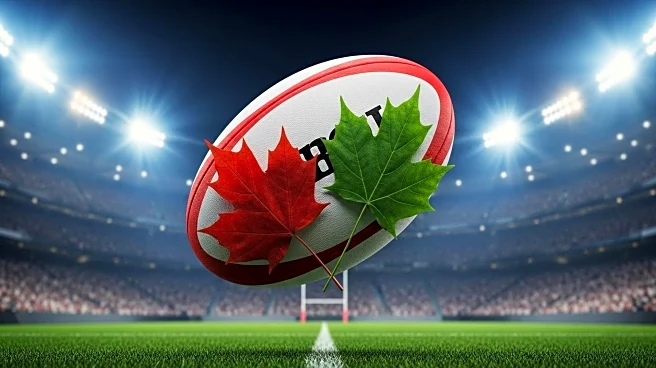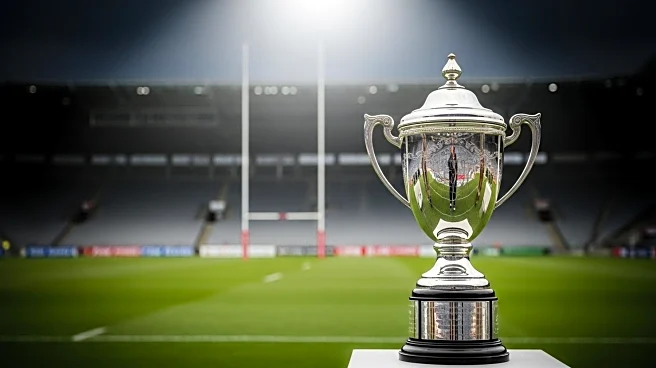What's Happening?
The Women's Rugby World Cup has been hailed as a turning point for women's rugby, showcasing the sport's growing popularity and the need for further investment. The tournament featured standout performances, including Canada's Sophie de Goede and New Zealand's Braxton Sorensen-McGee. Despite some uneven matches, the event was well-organized and celebrated for its inclusivity and spirit. The success of the World Cup has sparked hopes for more competitive matches and increased funding for women's rugby programs globally.
Why It's Important?
The Women's Rugby World Cup's success underscores the increasing interest and potential for growth in women's rugby. The tournament has highlighted the need for more investment in women's sports, which could lead to improved competition and development of talent. This event has the potential to influence public policy and funding decisions, encouraging nations to support women's rugby at both the international and club levels. The positive reception of the World Cup could also inspire more young athletes to pursue rugby, contributing to the sport's long-term growth.
What's Next?
Looking ahead to 2029, there is hope for more competitive matches and increased investment in women's rugby programs. The WXV series is expected to help achieve this goal by providing more opportunities for international competition. Nations are encouraged to allocate resources to develop their teams and narrow the gap between the top teams and others. The success of the World Cup may lead to more frequent and high-profile women's rugby events, further boosting the sport's visibility and popularity.











